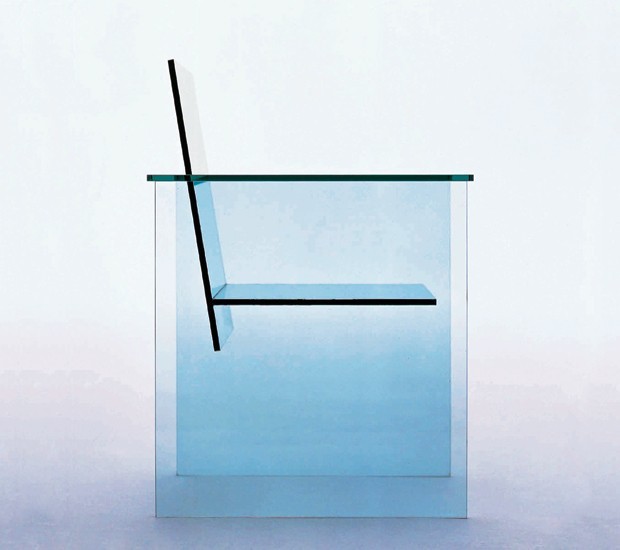
shiro kuramata
glass chair

glass chair

倉俣 史朗
glass chair
Shiro Kuramata’s approach to designing objects reflects the atmosphere of innovation in postwar Japan. By 1970, Kuramata had introduced alternative materials such as acrylic and glass into his furniture, which played on traditional ideas of materiality and form.Transparency, the appearance of weightlessness, and a Minimalist vocabulary quickly became his signature aesthetic. In 1976, Kuramata designed Glass Chair. Its reductivist and planar form reflects his interest in geometry as well as the effect of light as it transforms and illuminates the glass. Kuramata, like many of his Japanese contemporaries, looked to Western culture for inspiration. In particular, the sculptures of Donald Judd and Dan Flavin influenced Kuramata’s furniture designs of the 1970s, such as Glass Chair.

Ombré Glass Chair
“German Ermics is a Latvian designer who has recently presented to the public his splendid Ombré Glass Chair, which embodies the perfect tribute to To Shiro Kuramata and his iconic Glass Chair (1976), considered one of the iconic furniture designers of the 20th century. The keyword of his creation is “simplicity” combined with the transparency and the apparent lightness of the material, the result is an elegant minimal work.Another peculiarity of the chair is that it was manufactured with a new industrial product, the Photobond 100, welded without the use of screws or mounting-reinforcements, thus eliminating any superficiality.” Claudia Fuggetti